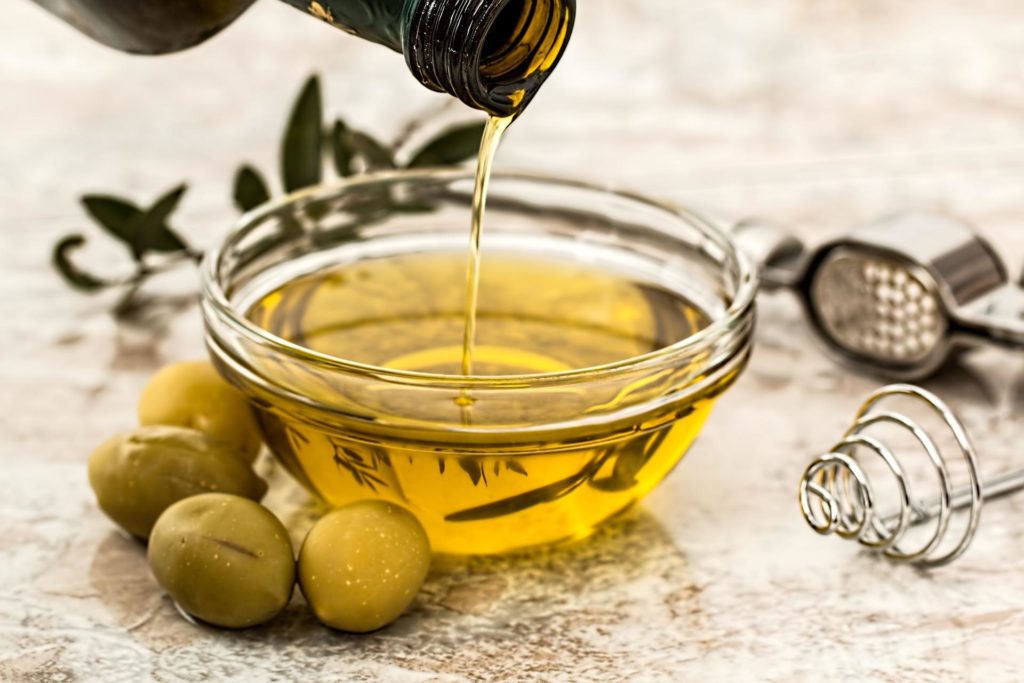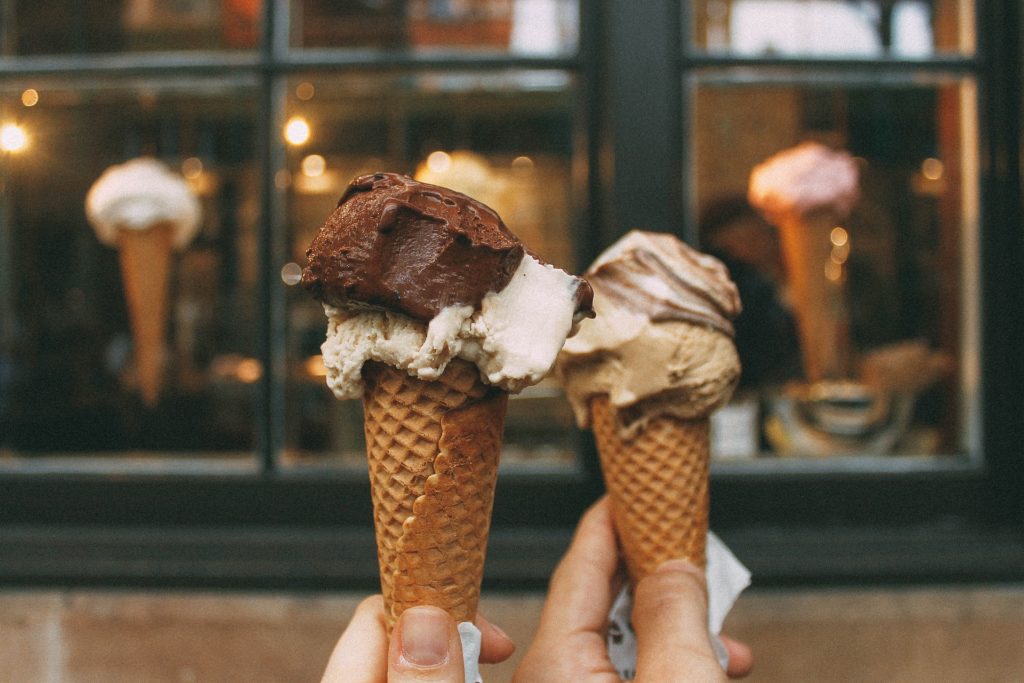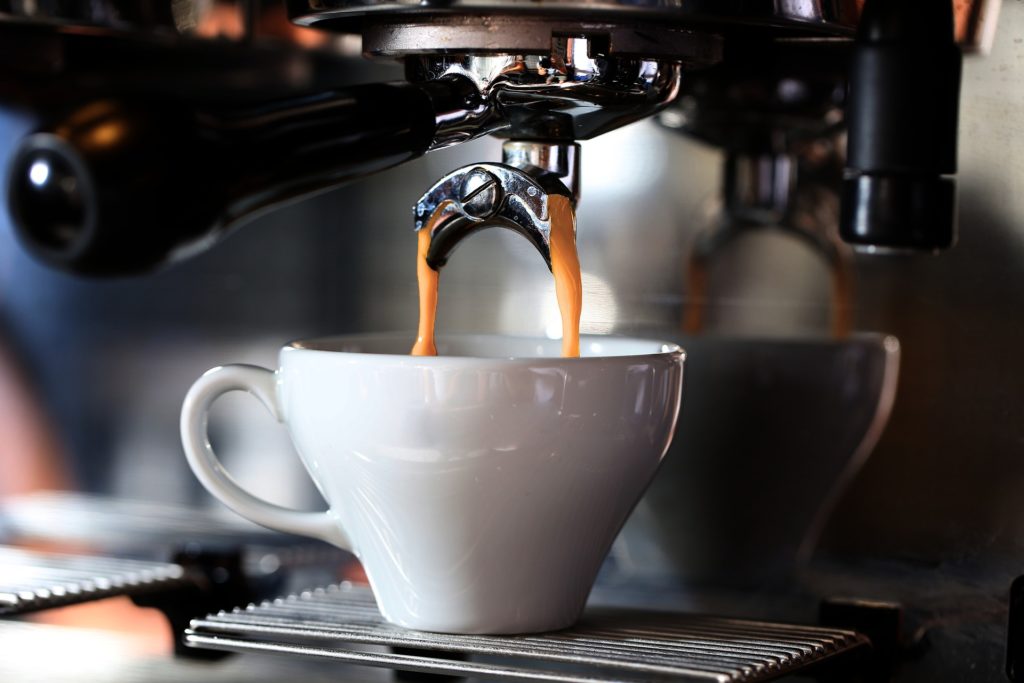Given how seriously Italians take their culinary culture, it should come as no surprise that there are entire museums devoted to specific food items and ingredients. In honour of International Museum Day on May 18th, I thought I would highlight a few of the ones dedicated to some of my favourites.
Let’s begin in Emilia-Romagna which is actually home to several food museums (I will only be siting a few here). First off, the Museum of Prosciutto di Parma (Museo del Prosciutto di Parma) where you will be will taken on a journey through the gastronomic history of prosciutto, its origins, its presence in art, and the special micro-climate enjoyed by the region that ensures its signature and certified taste.
Additionally, you can also visit the Museum of Parmigiano Reggiano (Museo del Parmigiano Reggiano) where you can explore over 120 objects, (some dating back to 1800) including images, drawings, and photos as well as tools used for the used for the production of the King of cheese. You will also learn about the evolution of milk processing techniques, the phases of maturation along with the fundamental role of the Parmigiano Reggiano Consortium in protecting its DOP status.
Another regional product with its own museum is Balsamic Vinegar (Museo del Balsamico Tradizionale). This museum is the gateway to the world of Modena’s prized vinegar; through its rooms you will learn about the technical characteristics of Balsamic vinegar, the objects related to production, as well as immerse yourself in the charm of the aromas and tastes of this inimitable product.

Last but not least, the Tomato Museum (Museo del Pomodoro) which explores the journey of the red gold that was brough to Italy, including the tomato in art through the centuries.

In the region of Lombardia, housed inside a castle, you will find a bread museum (Museo del Pane) made up of four specific rooms. The first is dedicated to grains that are used for the various loaves of the world; in the second room the phases of the Wheat-Flour-Bread cycle are illustrated, the third room houses a collection of over 500 loaves of breads (actual loaves) from the Italian regions and many European and non-European countries and in the fourth room is the equipment for the production of bread.

In the oil producing regions of the bel paese museums dedicated to the history and production of olive oil can be found as several of the bigger producers have set up their treasuries of liquid gold as a way to attract customers. If you’re going to be purchasing olive oil than a little history and production information to go along with it certainly doesn’t hurt.

To go along with the aforementioned foods, you’ll want some wine and there’s no better place to get a taste and historical retrospective than Tuscany. The Falorni family vineyard, houses a wine gallery celebrating two centuries of Chianti artisan and winemaking tradition. The family has accumulated a collection of artifacts that represents that evolution of wine production techniques, from pressing, to bottling, to labeling.

From savoury we move to sweet and the Confetti Museum in Sulmona (which is famous for the sugared almonds). The museum curated by the famous Pellini producers is where you can learn about the history of these delicious candies often given as bomboniere (favours), see ancient machines used to make them and of course, try one of the many flavours in which they are available.

In Perugia (home of the Baci Perugina) you can take a magical journey to discover the “food of the Gods”. A visit here includes the company’s history and a factory tour. You can even sign up for a course at the “School of Chocolate” and stock up on the renowned Italian kisses.

We travel back to Emilia-Romagna to visit the Carpigiani Gelato Museum, a museum dedicated to the history of artisan gelato. Offered here are gelato classes, guided tours, and special tasting events for gelato lovers.

In my beloved southern province of Calabria is the Amarelli Licorice Museum (Museo della Liquirizia). Housed here are engravings, documents, books, vintage photos, and agricultural tools that bring to life the story of licorice production on the Ionian coast.

Sweet treats need to be accompanied by coffee so perhaps a trip to Piemonte is in order to explore the Lavazza Coffee Museum. Here visitors receive an immersive experience into coffee culture and its rituals, a multi-sensory journey that retraces the history of the company and the coffee supply chain.

Typically accompanying or immediately following coffee is grappa whose history and distilling process you can be educated on with a visit to the Poli Grappa Museum near Venice.

One final mention is the gastronomic cultural centre dedicated to Italian home cooking, the Casa Artusi Museum. This landmark location commemorates Pellegrino Artusi, the father of Italian cuisine, and his “art of eating well,” with a multimedia tour that allows visitors to create their own ideal menu following the principles expounded by Artusi. The museum complex includes: the civic library, the private library of Pellegrino Artusi, the Artsy restaurant, an events area, wine tasting rooms and a cooking school. Second is the newly opened Museo della Cucina in Rome whose focus is on the history of food and cooking and features centuries old cooking tools and ancient texts detailing rare ingredients and dishes.

By definition a museum is a building in which objects of historical, scientific, artistic, or cultural interest are stored and exhibited. Each of the food museums I’ve highlighted (which by no means is an exhaustive list) adheres to this definition, housing invaluable artifacts related to the edible treasures of the peninsula and are definitely worth exploring and tasting. Buon Appetito!









